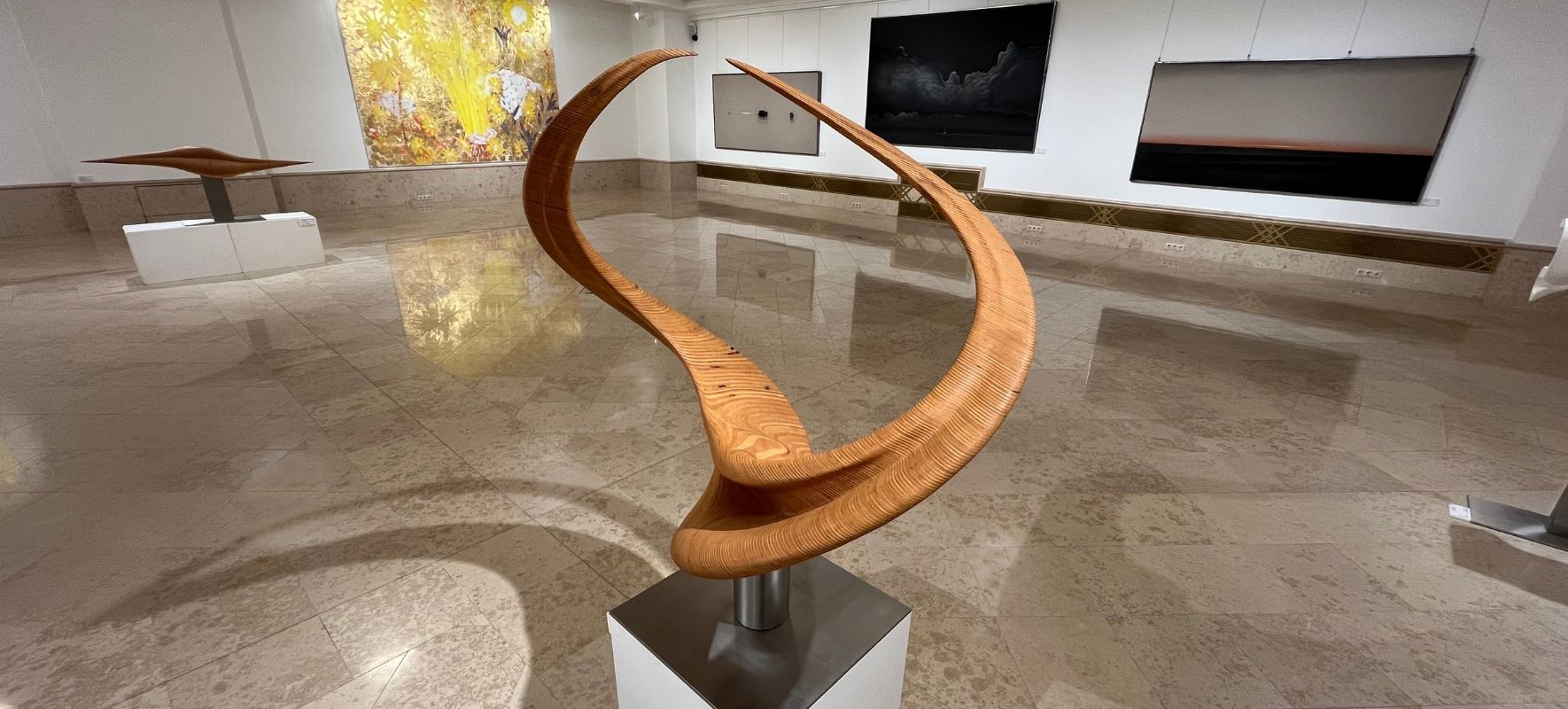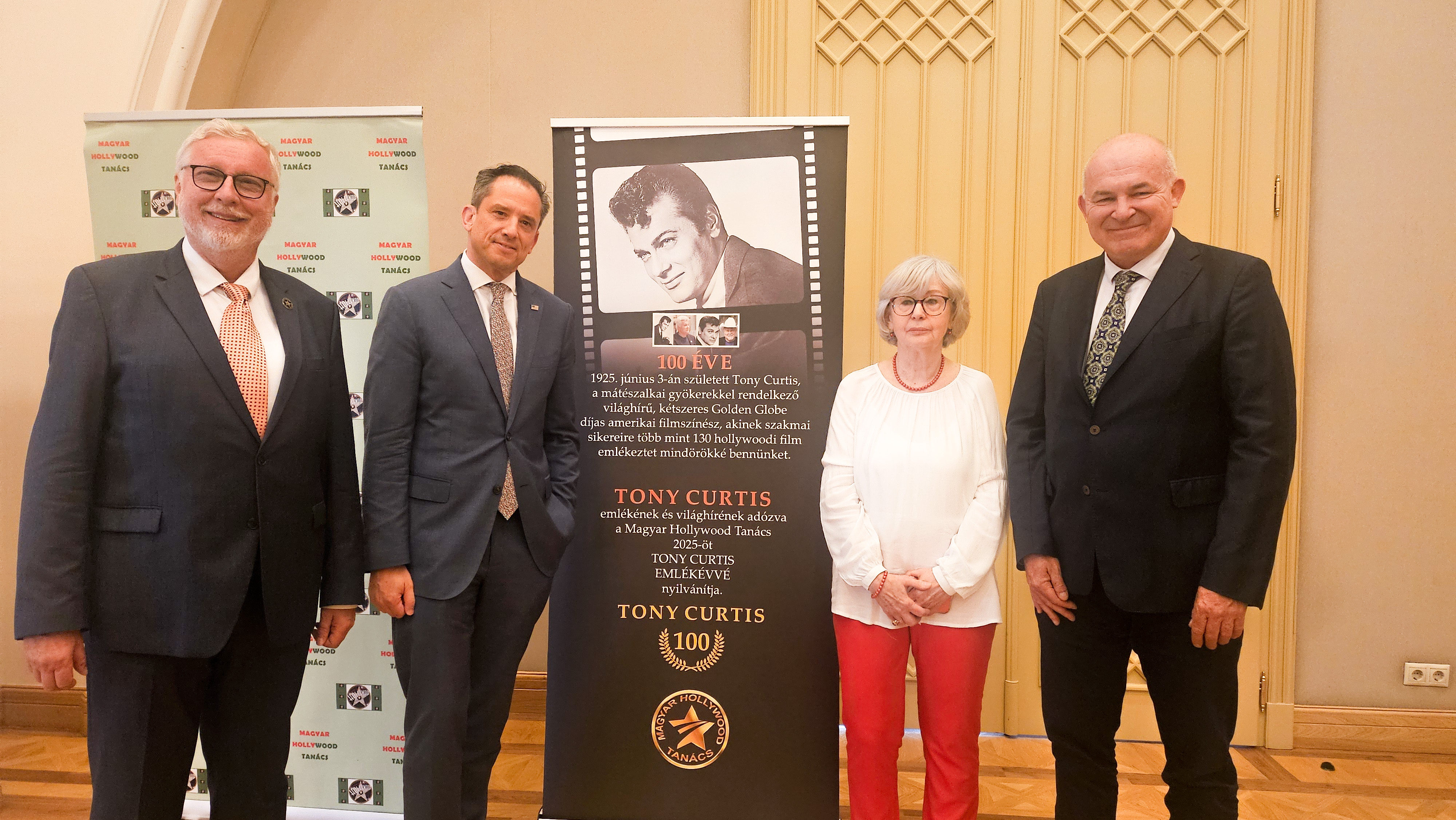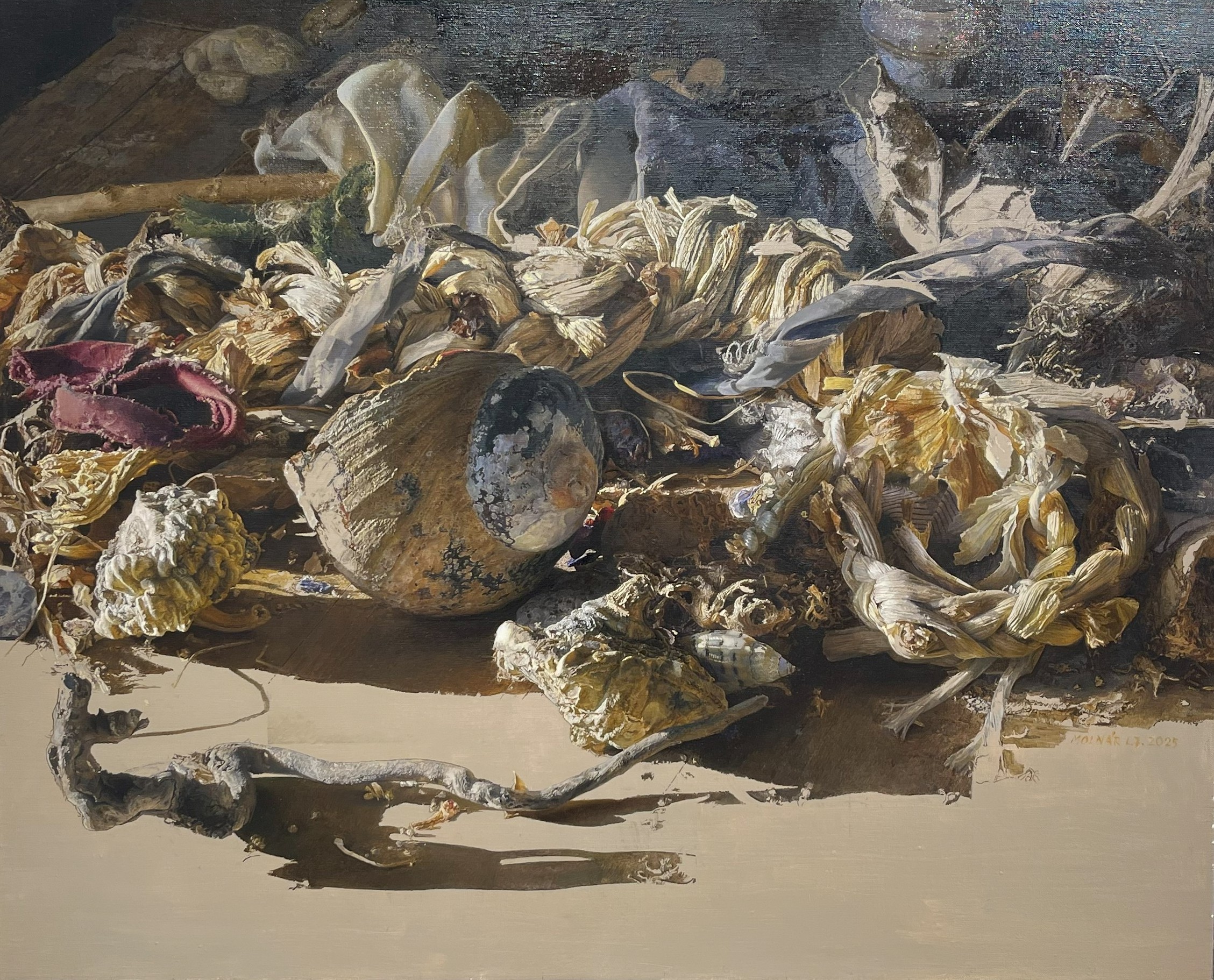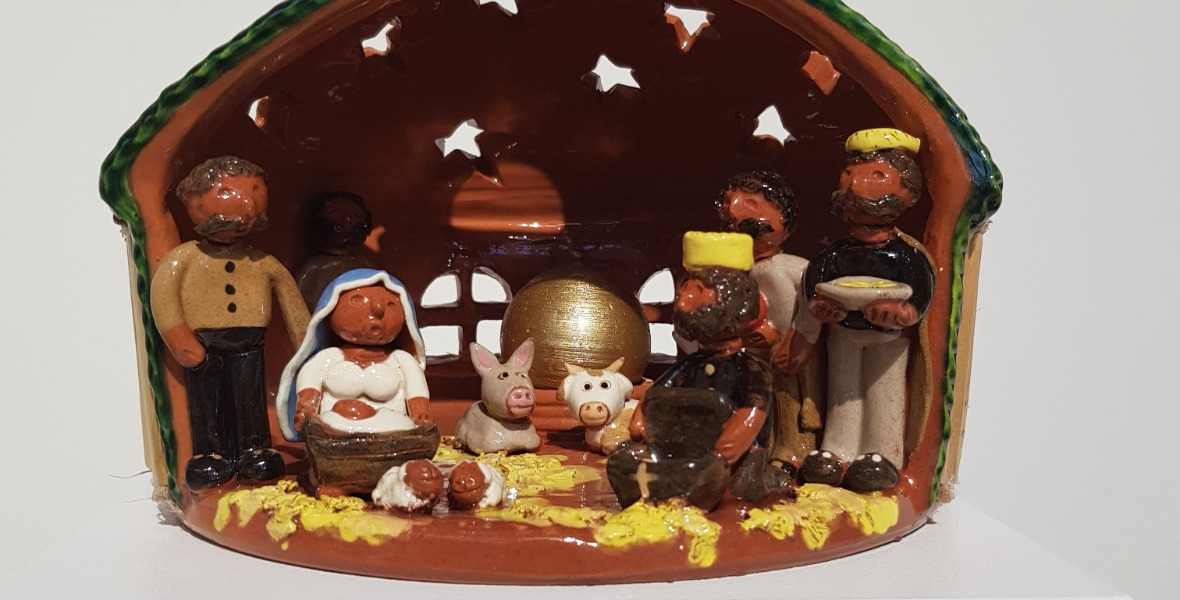
Work of Art in Focus – December 2022
The most well-known and most popular Christmas folk tradition among Hungarians is the staging of nativity plays. This performance is a rehearsed and practised dramatic play that incorporates special local festive customs in addition to the re-enactment of the main plot of the Biblical story. The actors in the play could be both adults and children: they wear special costumes and upon starting the show they greet their audience. The main prop for the play is a church or a maquette of the manger in Bethlehem with the members of the Holy Family including Joseph, Mary and Baby Jesus, in the company of animals providing them with some warmth. The nativity play also featured shepherds and typically the Three Wise Men, who brought gifts. By reciting a poem or songs accompanied by folk musical instruments, the actors played the story of asking for shelter and recounted the birth of Jesus. The characters of the shepherds typically danced in the play and hinted that they would be ready to receive gifts from the audience in return for their performance. At some places, this meant collecting money for the actors, whereas at other places the actors were treated with food in a fashion the Hungarian rhyme goes: "sausage and bacon, be not mistaken; shepherds deserve some treat, even if the tune's not that sweet". At the end of the play, the actors blessed the house and its inhabitants, thanked for the treats and continued their way to the next house to perform.
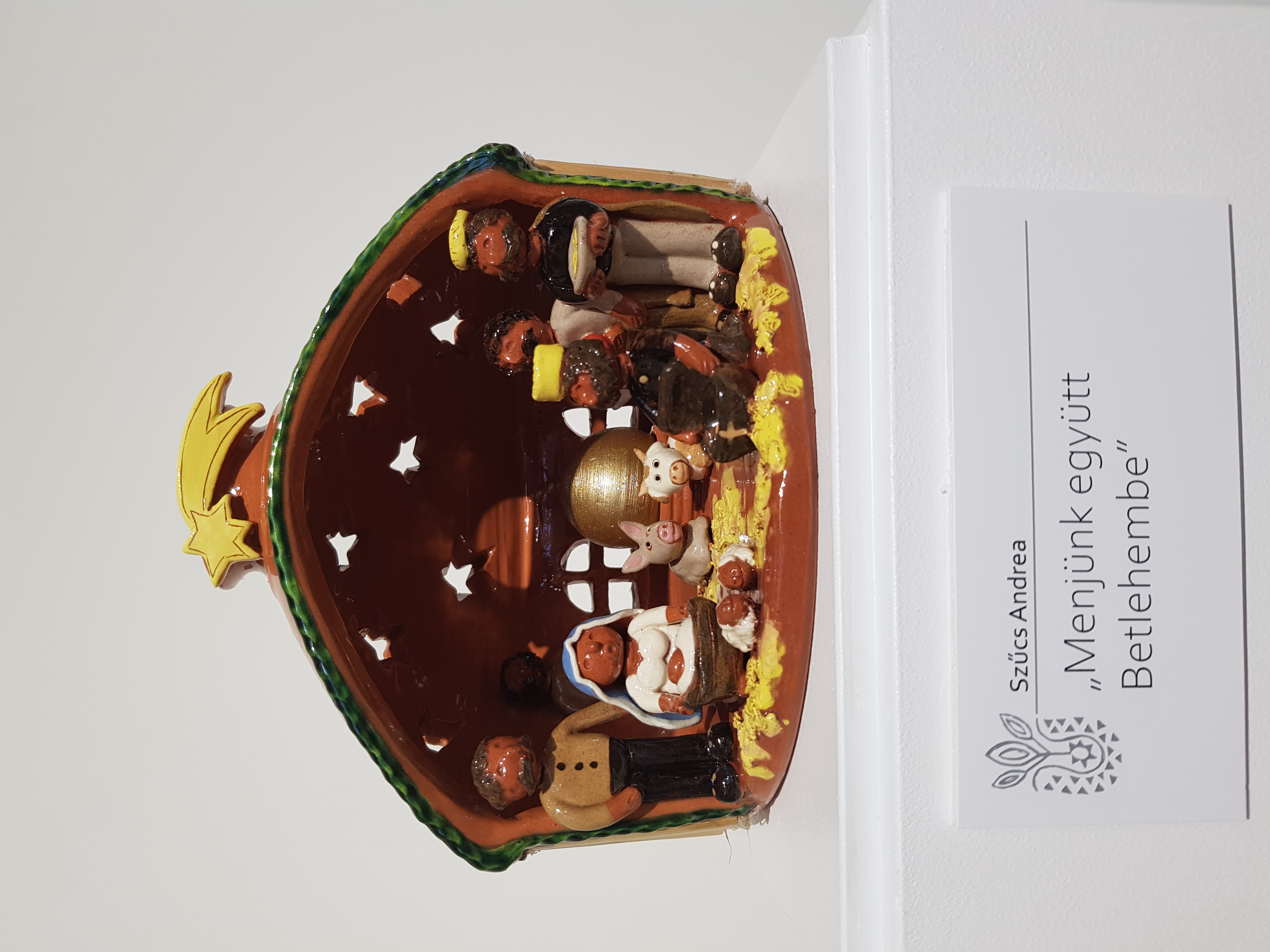
Andrea Szűcs' glazed ceramics work entitled "Let us go to Bethlehem" features all typical and necessary ingredients of nativity plays and the manger in Bethlehem including the Holy Family, the animals, a shepherd and the Three Kings. On top of the ceramics Bethlehem manger, we find a star that professes: Jesus, the Saviour has been born.
Andrea Szűcs describes her career as follows:
"I was born one year later than my father opened his own pottery workshop in Tiszafüred (Hungary). For me, clay and the working of clay have been seen as natural since my childhood. My parents never forced me to follow in their footsteps but through my family's everyday activities it was normal for me to learn my parents' profession. It came as almost natural to me to learn the names and functions of materials, as well as the terminology of the trade. After I had completed my secondary studies, this was the profession I chose for myself. And this was more than a profession: it was a calling. In 2000, I was awarded the title "Folk Applied Artist", and in 2002 I received the title "Young Master of Folk Arts". It was thanks to my roots and traditions I picked up in Tiszafüred that I have become a folk applied artist. I do not want to leave this field behind; this is my profession. At the same time, I gladly try myself out with new products and forms that – even if they bear conventional features – are located somewhat outside the concept of traditional pottery."
Currently we are in the period of Advent and we are looking forward to the festivities hoping that this year will also give us the opportunity to be together with our loved ones and celebrate the birth of Jesus Christ on Christmas Eve.
The artwork of the month of December can be seen at the exhibition entitled Richness of Life in the exhibition spaces on the V. and VI. floors of the Pesti Vigadó until 18 December.

